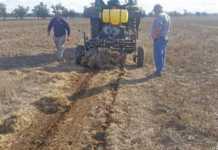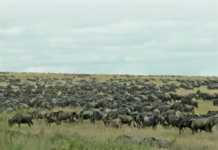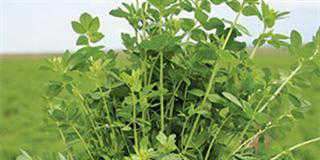Ectoparasites such as ticks, lice, mange mites, keds, flies and midges are important vectors of livestock diseases in South Africa, and must be controlled to ensure livestock health. At the same time, it’s crucial to do this in an environmentally responsible way so that animals and plants are not harmed.
Two potential victims of ectoparasite control are the red- and yellow-billed oxpecker. These consume huge numbers of ticks, making them invaluable to livestock and game farmers. To control ectoparasites without harming oxpeckers, you should:
- choose the correct stock remedy;
- avoid following advice from people not knowledgeable about the toxicology of ectoparasiticides.
Applying the incorrect ectoparasiticide can have serious consequences: parasite resistance to the chemical, the spread of livestock diseases, and infection of ‘clean’ livestock with parasites they are not normally exposed to. It may also endanger the oxpecker.
Instead, simply use the oxpecker compatibility chart provided by the South African Animal Health Association (SAAHA), available online, to select the products best suited to your situation. The chart can be accessed at www.saaha.co.za.
SAAHA-affiliated animal health companies have supplied product specifications for this guide for livestock producers and game ranchers. Ectoparasiticides are listed with their active ingredients, toxicology, the parasites they are registered for, the animals they are registered for, and dosage rates.
Colours and numerical codes indicate each product’s compatibility with oxpeckers. They are based on the toxicology of the active ingredients, and the formulation, application methods and exposure risk to the birds.
Products that carry the oxpecker-compatible logo have been approved accordingly by the Registrar of the Fertilisers, Farm Feeds, Agricultural Remedies and Stock Remedies Act (No. 36 of 1947). Follow instructions precisely to ensure effective control of ectoparasites and limit any threat to beneficial organisms.
No home-made poisons!
Whatever you do, do not concoct your own animal dips. Apart from being a serious breach of Act No. 36 of 1947, these can be highly dangerous:
- They can result in parasite resistance to livestock remedies;
- They can harm livestock, causing loss of production and even death;
- They can harm or kill beneficial organisms that help to keep pests and diseases under control naturally. One of the most effective of these is the oxpecker.
Phone Dr Gerhard Verdoorn on 082 446 8946.












